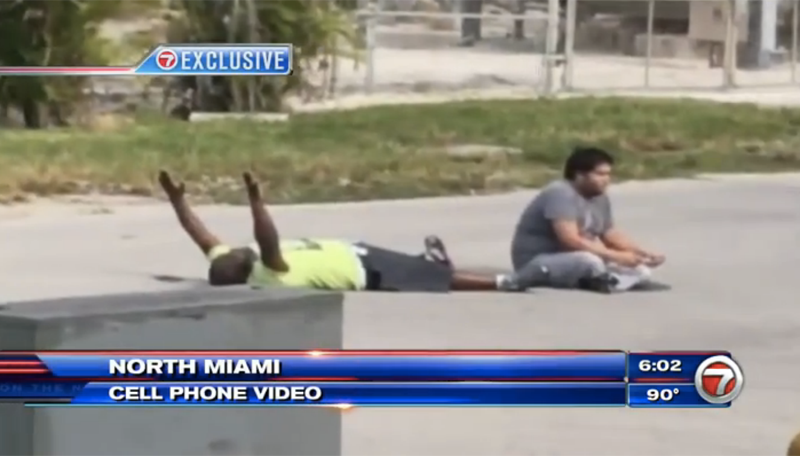There's a new pro-lecture article in
The Atlantic that, I think, makes the classic mistake of focusing on means (lecturing) rather than ends (what learning is taking place). Rather than rebut it, I once again recommend Derek Bruff's
"In Defense of Continuous Exposition" (P.S. He's not actually defending it).
There is, however, an argument that lectures are better for non-elite students.
Here's what the author, Christine Gross-Loh, says:
“There is a lot to the concept of a ‘flipped classroom,’ but it is also very much an elite-institution idea,” says Hacsi, referring to a model in which students view lectures outside of class and focus on homework elements inside of it. “You are assuming the students are full-time students who can spend a lot of time outside of class working on what they are working on. We have students who could do well pretty much anywhere if they didn’t have a 25-hour-a-week job. You don’t know going into a class who will have time outside of class to work on the material.”
Gross-Loh is quoting Tim Hacsi, a prof at U-Mass Boston. This notion that flipped classrooms are only for elites
is, I believe, exactly wrong.
Elite college education remains focused around the seminar and the discussion group. Elite families can afford to encourage their child to acquire a broad and stimulating liberal arts and sciences education, knowing that the habits of mind and learning skills they acquire will enable them to compete in nearly any field of study. Students with less means get pushed into pre-professional programs where they acquire useful skills for the jobs of today; it's less clear to me about whether they are prepared for the jobs of tomorrow.
Article after
article cites the importance of critical thinking, rather than specific job skills, in climbing the job ladder. It's not because poetry or medieval history or philosophy are, in content, so important to life-long learning, but that working in these disciplines develop the skills to adapt to new circumstances - whether in personal life or in the job market.
By flipping a classroom, you take the content acquisition out of the class and push students to work on that on their own, then do the critical thinking and analysis in active ways within the classroom.
Vast numbers of studies show active learning works best.
Other studies show that lectures are only effective for students who have already learned how to learn - i.e. elite students. I'm a good student with a powerful memory. I always was. I'm dyslexic and had issues taking coherent notes, but could sit in a room, absorb information, jot down a few words here and there, and construct a mnemonic that would serve. Today, I like to listen to lectures using my laptop and live-tweet ideas, build outlines of the talk in a word processing document, and lock in all the details. I love lectures! But listening to a lecture and extracting useful information is a learning skill that requires active practice and training, much as students have to be trained in critical reading, written analysis, or oral debate.
One of the reasons I value working at Dominican is that we provide an intense liberal learning environment to students who tend to come from non-elite backgrounds. Many are first generation students. We are rapidly becoming a majority Latinx institution (for undergrads anyway). We give them great advising, we don't let people fall through the cracks (some still fall, but not unnoticed), and we greatly exceed our expected graduation rate. I'm happy if the people in fields who generally relied on lecture flip their classes, but I also know that every Dominican student will spend a lot of time in seminars and small classes as they complete their core requirements.
The "flipped classroom" movement is an attempt to bring traditional liberal arts benefits of discussion and active learning into the non-elite classroom. In fact, the flipped classroom - with its focus on videos which might be watched on any device, anywhere - is extremely useful for busy students. I think they many are far more likely to watch a video than to do the reading, which takes more quiet and concentration.
Lectures are fine. People learn stuff from lectures. They just learn more from actively working with material. We know this. But it's heading towards late summer, so the pedagogical thinkpieces demanding we return to a lost golden age of education (one that is, I think, racially constructed) must flow.
As I said on twitter:
Update: Here's a good response from Robert Talbert that deals with the misuse of data by the author,
with promise of more to come.

